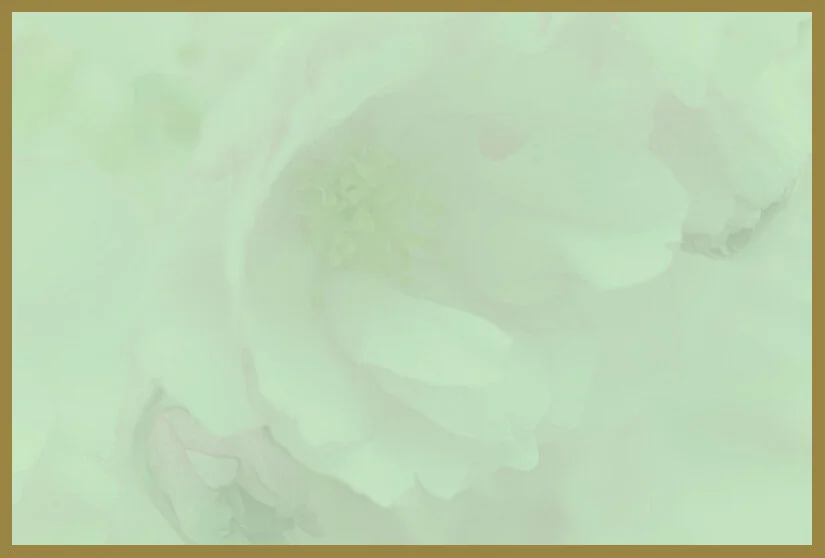
aromatherapy essentials
for
body, mind, & soul
+1 215-285-5453
bucks county, Pennsylvania
Camille Madeline Coffin
founder & creative Director
a) a state of peaceful existence
b) the combination of simultaneously sounded musical notes that produce chords, which have a pleasing effect.

HARMONY:
it’s all about ‘THE BOUQUET’!
i’m passionate about my products and the ways in which they bring about harmony—a state of peaceful existence— to those who choose to use them. Heaven on Earth was created with this specific vision in mind. however, with respect to the art of aromatherapy, the word harmony takes on another meaning.
as a musician, whenever i hear the word ‘harmony’, the definition that comes to my mind is this:
various, individual notes that—when combined—produce a beautiful sound that’s a symphony for your ears.
therefore, in order to create beautifully fragrant ‘Bouquets’—the final blend of the individual essential oils— i must also think like the musician.
* * *
when writing a song, the musician uses four or five individual notes of the scale, ranging from low to high in pitch, in order to create chords. this combination of notes, when stacked upon each other—and played at the same time—is called harmony.
in the world of aromatherapy, each individual essential oil is also referred to as a ‘note’. harmony is achieved by combining compatible individual ‘notes’ ranging in tonal quality. as an Aroma Artist, i strive to create balanced blends using choices from the base, the middle, and the top ‘notes’ from a variety of individual essential oils. as such, the combination possibilities are endless. once harmony has been achieved, i then assign the proprietary blend a specific name (such as “Lania”) and add the essential oil ‘bouquet’ to my products. the end result represents a beautiful melody for your senses!
if you’re interested in learning more about the essential oils [the ‘notes’], how they’re classified [base, middle, top], and the art of creating bouquets [the final blend], please scroll down to the next block. if not, you’re free to visit:
the boutique!

the art of the blend
George William Septimus Piesse—a famous perfumer and a unique figure in the history of the science—invented what he called an odophone. it was an instrument for converting scents into musical notes for the purposes of creating harmonious combinations.
“each scent corresponded to a [note] on his odophone. in the creation of a happy mixture of many different scents—which we call a “bouquet”— the creator seeks not only to hit the right notes, but to strike those notes which go with one another. the [Artist’s] creation must not be out of tune.”
below are the primary three categories of ‘notes’, a brief description of their characteristics, and some examples of the individual essential oils that fall into each category.
—the notes—

BASE NOTES
The base notes are the oils with the largest, and thus the heaviest molecules. they have strong, provocative aromas with earthy nuances.
because their scent remains for a longer period of time, they help to reduce the evaporation rate of the other oils subsequently enabling the fragrance of the overall blend to persist.
they are rich, emotionally grounding, and soothing.
some examples of base note essential oils are:
Vanilla, Sandalwood, Cedarwood, Patchouli, and frankincense.
MIDDLE NOTES
the middle notes are referred to as “the heart” of a blend. they integrate top and base notes, helping to reduce the intensity of the base notes.
they’re more enduring than the top notes, lasting 2 to 4 hours before evaporating. they reveal their scents gradually, adding roundness and harmony to the bouquet.
the middle notes are warming, smooth, and soft.
some examples of the middle note essential oils are:
rose, jasmine, geranium, chamomile, and clary sage.
TOP NOTES
the top notes are the scents that are the most distinct and recognizable. they’re sometimes referred to as the opening notes. given their light molecular structure, they’re the first to fade—but still—they are of the utmost importance!
the top notes represent the ‘first impression’. they have the power to either lure you in or turn you away. their function is to provide a pathway and a smooth transition into the heart of the fragrance.
the top notes are generally bright, refreshing, and cheery!
some examples of the top note essential oils are:
eucalyptus, lavender, peppermint, rosemary, and the citrus family.
after learning about the base, the middle, and the top notes, can you imagine the scent of your favorite bouquet? do you prefer sweet or spicy?; floral or earthy?; citrus or leafy?
while each person’s choice will be unique, my role as your Aroma Artist is to assure synergy, compatibility—and harmony. it’s true that each essential oil—as it stands alone— has the power to allure and to captivate its audience. but perhaps aristotle, the greek philosopher,
put it best when he said this: “the [bouquet] is the creation of a whole that is greater than the sum of its parts.”

—reference credits—
lexico.com
Edward Sagarin, The Science and art of perfumery
(new york, ny; McGraw-Hill, 1945), 145
aromaweb.com
newdirectionsaromatics.com
essential oils.co.za
perfume.org





